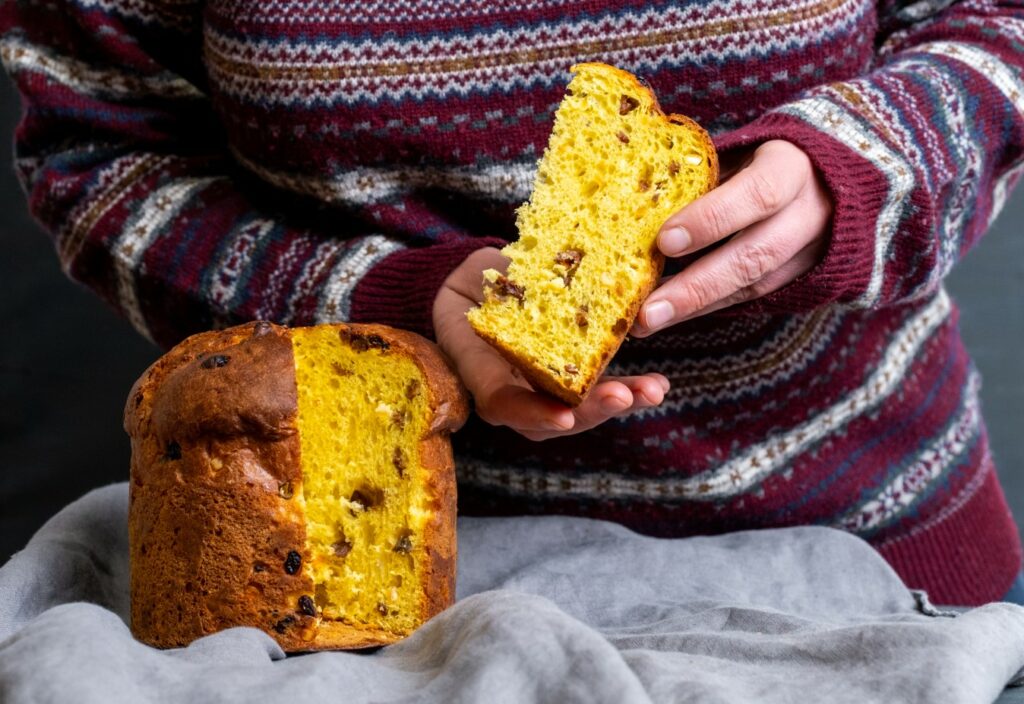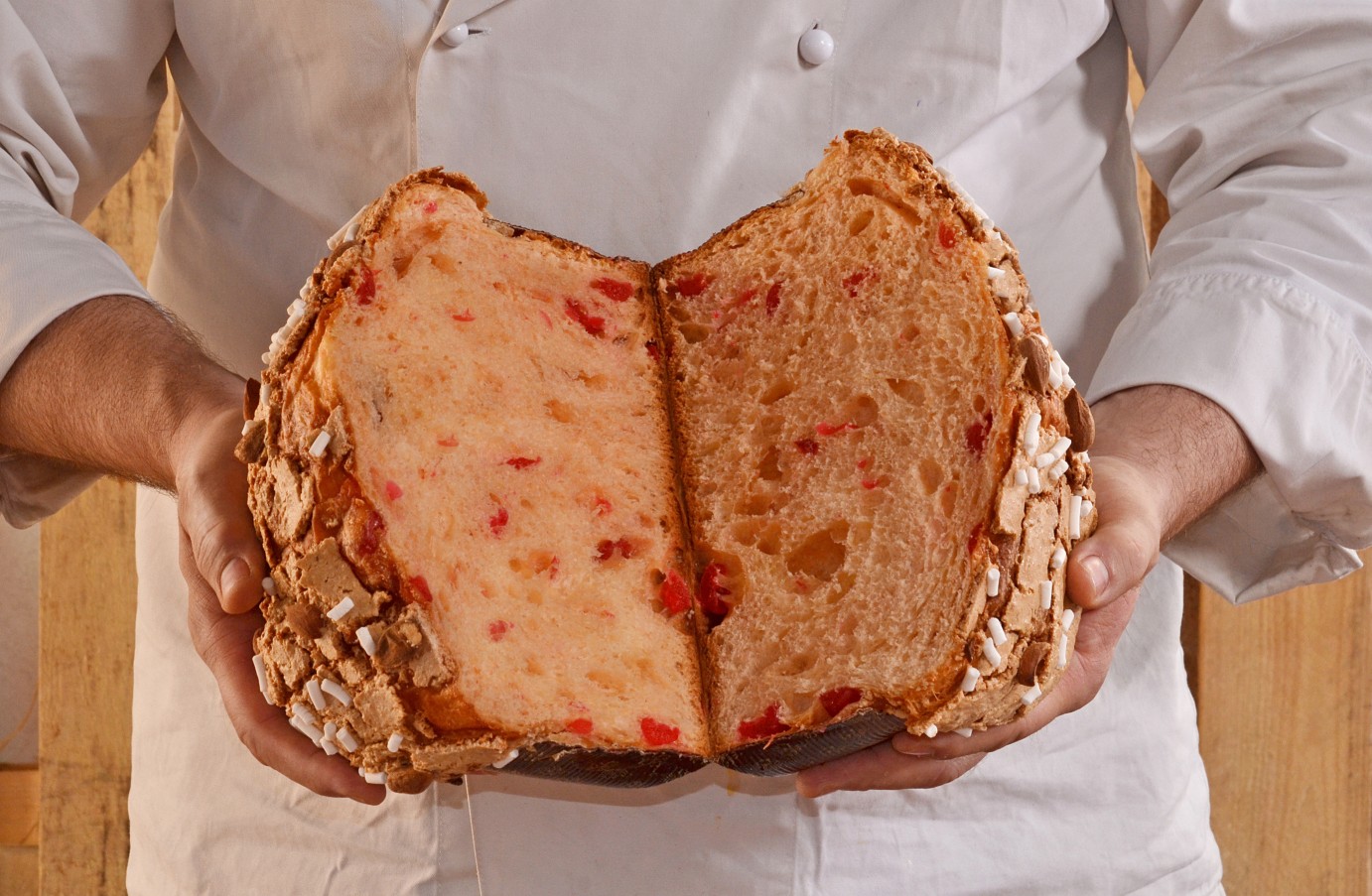Who doesn’t love a slice of panettone at Christmas? The festive, buttery cake may have Milanese roots, but today is famous and loved around the world, so we can really say that it has become an international staple of the season.
There is something, however, related to panettone that is usual – at least for the time being – only in Milan and its surroundings: keeping a slice from Christmas Day to eat on the 3rd of February, when the Catholic Church celebrates Saint Blaise.
To understand why, we need to look at the rituality and cult of Saint Blaise himself, whom we call “Biagio” in Italian. Blaise of Sebaste was a physician and bishop of Sebastea (modern day Sivas) then in Armenia, today in Turkey. He died a martyr on the 3rd of February 316 AD, which makes him one of the early saints of Catholicism. His hagiography tells us that, one day when he was still a practicing doctor, he saved the life of a child who was choking on a fishbone by giving him a large piece of bread – the soft, inner part of it, what we call in Italian “mollica” – which dislodged the fishbone from the child’s throat. Because of this, San Biagio is the patron saint of all ENT doctors, and the protector of our throat, nose and ears.
This is why, traditionally, priests bless people’s throats on the 3rd of February: to honor Biagio and his work as a saint and as a doctor.
But what’s the story with San Biagio and panettone?

Well, in Milan and its province people say that eating a piece of panettone saved from Christmas on the morning of San Biagio’s day protects the throat, just like a blessing, and here is why. Milanese traditions tell us that, once upon a time, a woman brought a panettone to be blessed to a friar called Desiderius. We were only a handful of days before Christmas, and Brother Desiderius was very busy, so he asked the woman to leave the panettone with him, and return in a few days to collect it and enjoy it during the festivities. But time passed, and so did Christmastime, without the gentle lady returning for her cake. Brother Desiderius waited and waited, until he decided she probably had forgotten about her blessed panettone, so he … ate it. Then, more than a month after Christmas, on the morning of the 3rd of February, the woman returned asking for her panettone. Brother Desiderius was mortified and was about to bring her the empty box where the cake once had been, when he realized that another panettone, twice as large as the original one, had appeared in its stead: a miracle attributed to San Biagio, which was celebrated, back then already, on that day. Since then, the Milanese always get a panettone blessed and then keep a slice of it to eat on the day of San Biagio, to honor that miracle and to protect their throats from seasonal ailments. Moreover, they consider the 3rd of February, and not the 6th of January, the true end of Christmas festivities, to the point that, in some families, the tree is taken down on that very day.
Outside Milan, San Biagio is worshipped and honored, too. In Cavriana, a town in the Mantova province of Lombardia known for its almonds, a special cake, the torta di San Biagio, is made every year for the saint. It is a shell of pasta frolla, shortcrust pastry, filled with dark chocolate and almonds. Apparently, it was already known in the 17th century, when it was usual to bake a very large one, with a diameter of three meters – almost 10 feet! – to be shared among all the people in the village.
In the rest of Italy, San Biagio is the day when we all go to mass and have our throats blessed, to ensure we keep our voice in top shape for the rest of the cold season.





























